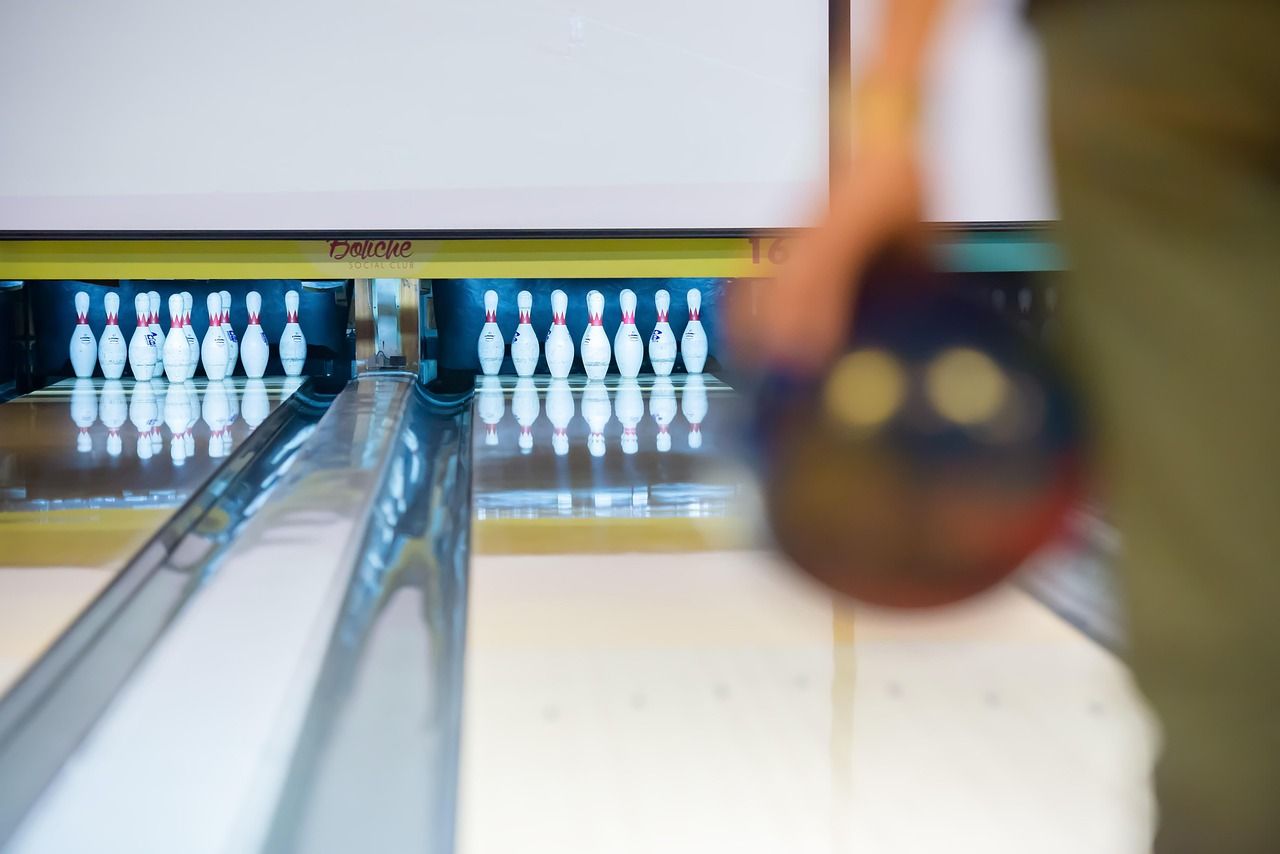Physics reveals the secrets of a perfect bowling strike 🎳
Follow us on Google News (click on ☆)
This model goes far beyond the traditional approach by incorporating physical parameters such as variations in oil application on the lane and friction. It uses six differential equations to simulate trajectories, offering unmatched precision. Players can now rely on scientific assistance to adjust their game.

The oil applied to the lanes varies in quantity and distribution, creating unique conditions for each game. The model accounts for these variations to suggest tailored strategies. It also includes an error margin to compensate for human inaccuracies.
Euler's equations for rotating rigid bodies are at the core of this model. They predict how the ball will react based on its rotation and initial trajectory. This approach provides a solid foundation for reliable predictions.
The researchers also simplified complex concepts to make them accessible. Their goal was to create a tool usable by players and coaches without requiring deep physics knowledge.
The model paves the way for new strategies and equipment optimization. Ball manufacturers could draw inspiration from it to design higher-performance products adapted to real game conditions.
Improvements are already being considered, such as integrating lane irregularities. The researchers also want to collaborate with professionals to refine the model according to competitive bowling's specific needs.
How does lane oil influence the ball's trajectory?
The oil applied to bowling lanes alters the friction between the ball and the wood. This often uneven layer can significantly change the ball's trajectory. These oil applications vary from tournament to tournament, requiring constant adjustments from players.
The model developed by the researchers allows visualization of these variations and anticipation of their impact. By integrating this data, it offers unprecedented accuracy in trajectory prediction. This represents a significant advantage for players seeking to optimize their performance.
Understanding these interactions also opens perspectives for lane designers. They could use this information to create fairer or more challenging playing conditions, depending on the desired objectives.